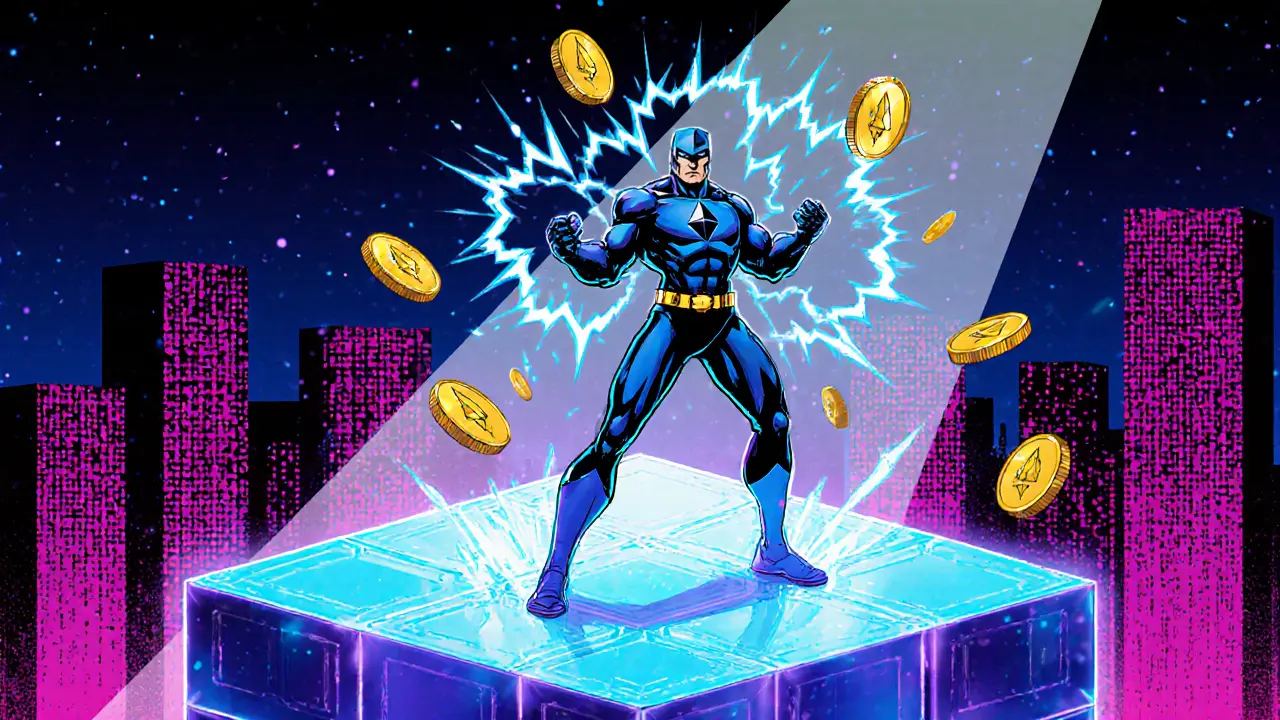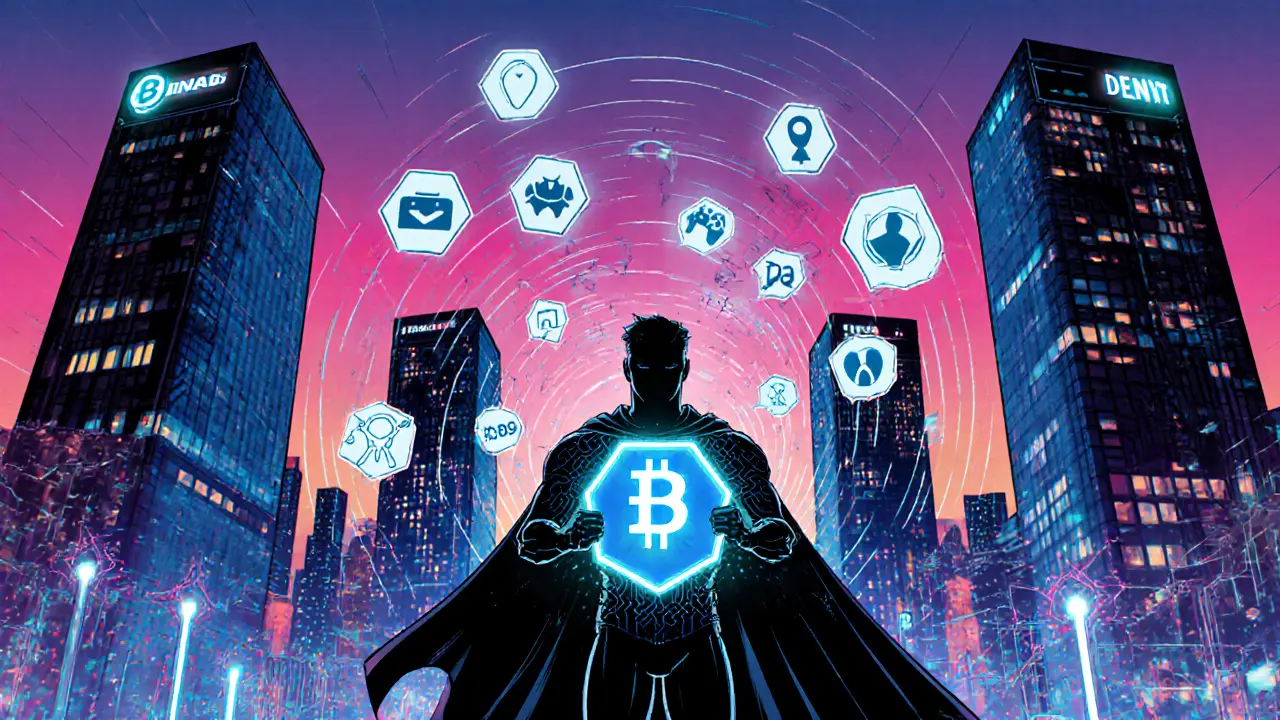Decentralized Applications
When working with decentralized applications, software that runs on a blockchain network without a central server, letting users interact directly with smart contracts. Also known as dApps, they enable trust‑less services across finance, gaming, identity and more. Decentralized applications have reshaped how we think about online services because they remove middlemen and let code enforce the rules.
One of the most visible flavors of dApps is decentralized exchanges, platforms where users trade tokens peer‑to‑peer via smart contracts, avoiding custodial wallets. DEX exemplify how dApps can replace traditional brokers. Another pillar is blockchain sharding, a scalability technique that splits a blockchain into smaller pieces called shards, each processing its own transactions. sharding is critical for dApps that need high throughput, like gaming or real‑time markets. decentralized identity, self‑sovereign identity frameworks that let users control their credentials on‑chain. DID adds privacy and compliance layers to dApps, especially when onboarding users. Finally, payment cryptocurrencies, digital coins designed for everyday transactions, such as Bitcoin or Litecoin. crypto payments power the monetary side of many dApps, turning them into full‑stack solutions.
These building blocks create a web where apps aren’t owned by a single company but by a community of participants. The relationship is simple: dApps encompass DEXs, they require sharding for speed, they rely on DID for user trust, and they often use crypto payments to settle value. Below you’ll find a hand‑picked collection of articles that unpack each piece—whether you’re curious about mining difficulty, airdrop safety, or the latest regulatory headlines. Dive in to see how the ecosystem fits together and pick up practical tips you can apply right away.

How Ethereum Smart Contracts Work: A Beginner’s Guide
A clear guide explains how Ethereum smart contracts work, covering the EVM, Solidity, gas fees, deployment steps, oracles, token standards, limitations, and best practices.
August 19 2025
The Future of Decentralized Applications (DApps) in 2025 and Beyond
Explore how modular blockchains, cross‑chain tech, ZK privacy, and IoT integration are reshaping decentralized applications in 2025, with real‑world examples and a step‑by‑step development guide.
January 8 2025